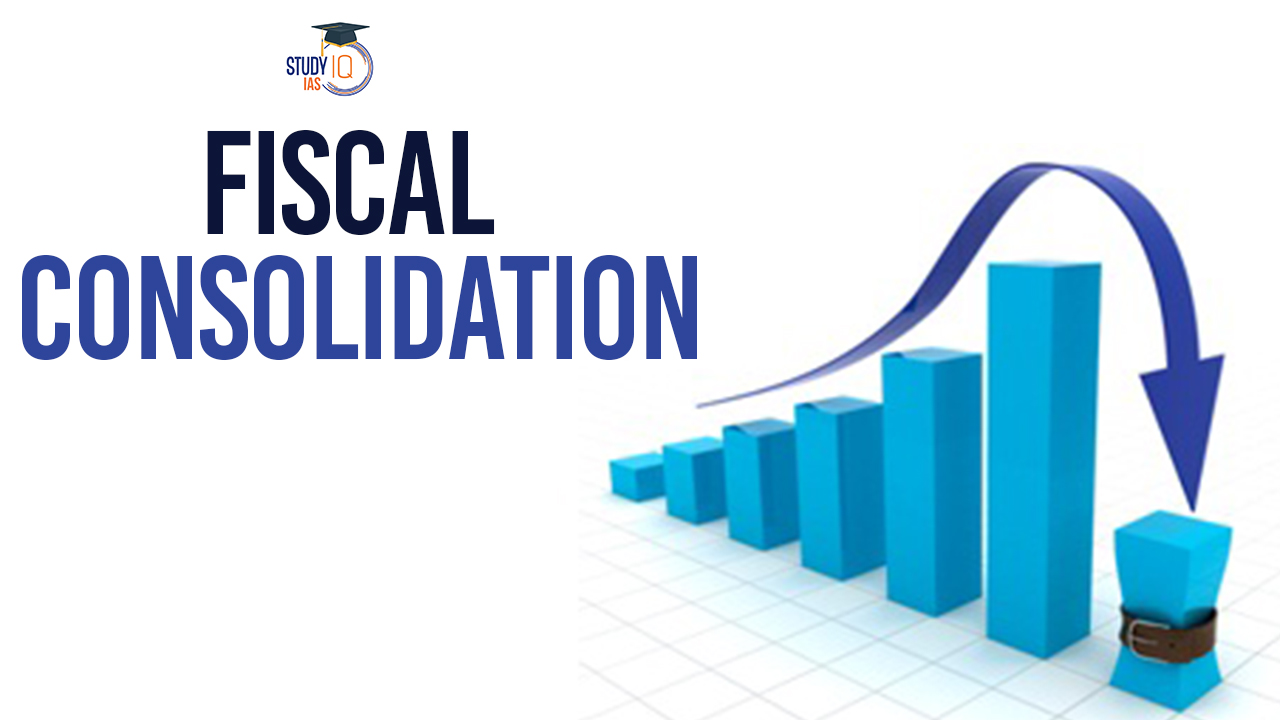Table of Contents
Context: The Indian interim budget for 2024-25 presented a cautious approach, highlighting continued focus on capital expenditure and fiscal consolidation while avoiding major tax changes.
Fiscal Consolidation
- The Budget projects a fiscal deficit reduction to 5.1% for 2024-25, aligning with the goal of achieving a fiscal deficit of 3% of GDP for the Central government and 6% for combined Central and State governments.
- This target considers household savings and resource inflows, aiming to manage the debt-to-GDP ratio effectively and control inflation.
- However, achieving a 3% fiscal deficit for the central government, a key recommendation from experts, remains a distant goal. The logic behind this target and its feasibility in the current economic climate needs further exploration.
- The committee reviewing the Fiscal Responsibility and Budget Management (FRBM) Act proposed a combined Centre-State debt-GDP ratio of 60% and a 40% target for the Centre. The rationale for these specific numbers and their compatibility with the 3% fiscal deficit goal requires deeper understanding.
We’re now on WhatsApp. Click to Join
Understanding Fiscal Deficit
- Definition: Fiscal deficit occurs when a government’s total expenditures surpass its total revenues, excluding borrowing. It indicates the amount by which a government needs to borrow or sell assets to cover its spending.
- Fiscal Management Focus: Governments generally prioritise managing and containing the fiscal deficit over achieving a fiscal surplus or a balanced budget.
- This approach is due to the expansionary nature of a controlled deficit policy, which involves increased spending on sectors like infrastructure to stimulate productivity and economic growth.
| PYQ |
| Q. Consider the following statements :
(1) Tax revenue as a percent of GDP of India has steadily increased in the last decade. (2) Fiscal deficit as a percent of GDP of India has steadily increased in the last decade. Which of the statements given above is/are correct ? (a) 1 only (b) 2 only (c) Both 1 and 2 (d) Neither 1 nor 2 |


 World Summit on Disaster Management (WSD...
World Summit on Disaster Management (WSD...
 Domestic Systemically Important Banks (D...
Domestic Systemically Important Banks (D...
 The Missing Link in India’s Critical M...
The Missing Link in India’s Critical M...

























